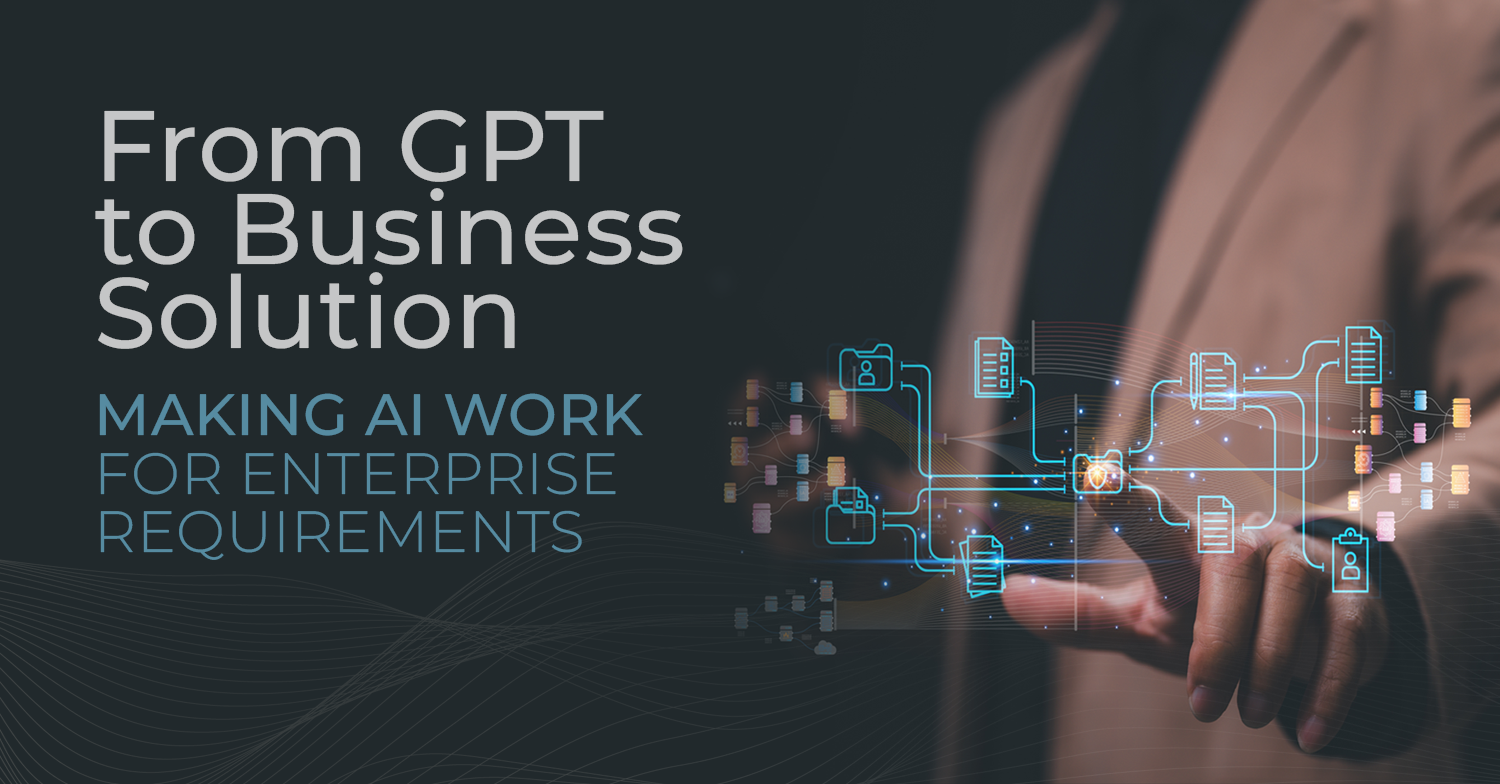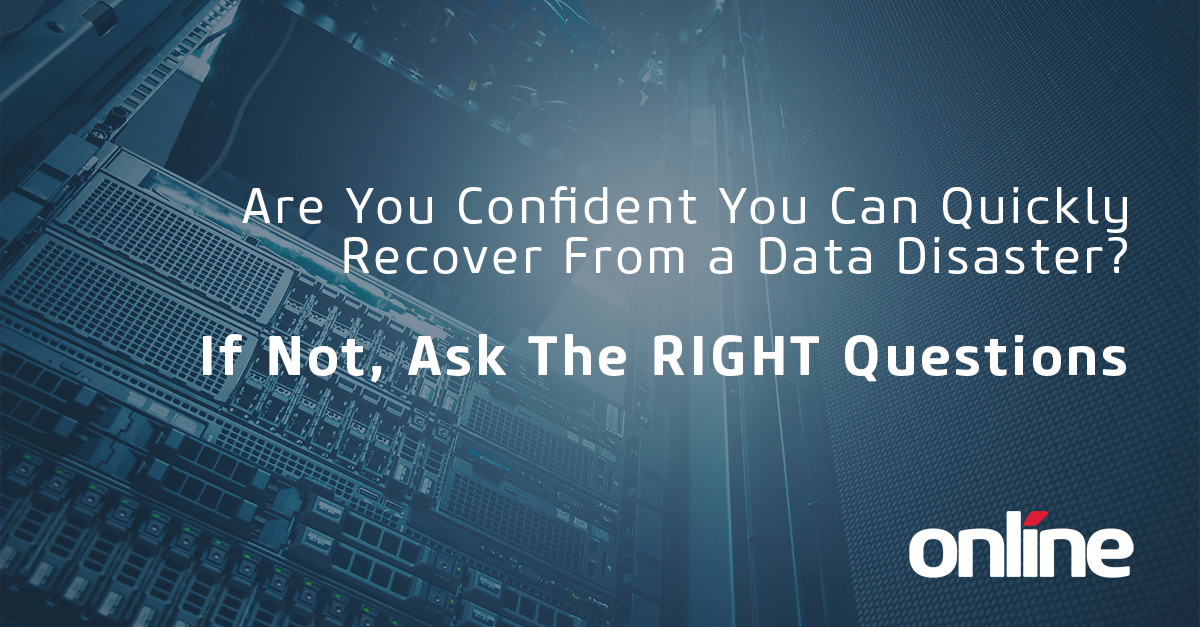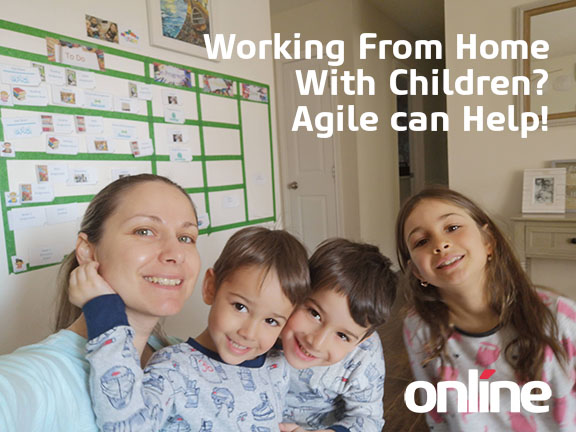Larry Skelly & Jamie L. Michie
The rise of AI-powered chat applications like ChatGPT has executives and tech leaders buzzing about automation, efficiency, and the future of business applications. But here’s the hard truth: while GPT-based models are powerful tools for idea generation, drafting, and conversational AI, they fall short when it comes to implementing robust business applications.
If you’ve been asking, “Why can’t we just use ChatGPT?”, you’re not alone.
The appeal is obvious - natural language interfaces, quick responses, and seamless usability.
But when you dive deeper, the gaps become clear...
That’s where MindTxn™ comes in.
Built to bridge the gap between AI-powered insights and structured business systems, MindTxn isn’t just another chatbot - it’s a platform designed to integrate with enterprise workflows, automate processes, and ensure security and compliance. By addressing the limitations of GPT, MindTxn enables businesses to leverage AI in a way that is scalable, reliable, and operationally sound.
What’s Holding GPT Back?
At its core, GPT is a language model, not a business system. This distinction is critical. Business applications require structured data, reliable execution of workflows, and integration with enterprise systems - all of which a GPT-powered chatbot can’t do on its own.
The 7 Key Limitations of GPT in Business Applications
1. Algorithmic Fragility: Not Built for Business Logic
GPT models predict the next word in a sequence but lack deterministic logic. They simulate intelligence rather than follow structured algorithms, making them unreliable for executing complex business logic that requires precise calculations and workflows.
2. No Data Integration - It’s Stateless
GPT does not maintain state or store data persistently. Every interaction starts from scratch, meaning it cannot track transactions, update records, or integrate seamlessly with CRMs, ERPs, or databases.
3. Lack of Explainability - The “Black Box” Problem
Business leaders need traceability and auditability in decision-making. GPT’s responses are generated probabilistically, meaning it can provide different answers to the same query. That’s a non-starter in compliance-heavy industries.
GPT-based applications must send all previous interactions with every new request. This leads to increased latency, escalating costs, and performance bottlenecks as context length grows. In enterprise use cases, this is not scalable.
5. Inability to Handle Exceptions & Business Rules
A business system must manage exceptions, validation errors, and alternative workflows. GPT cannot be programmed to adhere strictly to business rules or process exceptions in the way a traditional software system does.
6. Security & Compliance Risks
GPT does not natively support compliance standards like PCI, HIPAA, or GDPR. Handling sensitive data within a model that cannot enforce strict security controls or encryption at rest/in transit is a liability.
7. Single-Model Dependency - No Backup Plan
If an AI model is unavailable, a business application needs redundancy. GPT-based systems are locked into a single model, whereas a robust AI-powered application should be able to switch between different models (e.g., OpenAI, Anthropic, Google Gemini) based on performance, availability, and cost.

MindTxn™ - The AI Platform Designed for Business
Rather than relying on a single, stateless language model, MindTxn was built to bridge the gap between structured business applications and AI-driven insights. Unlike GPT, which struggles with data integration, workflow orchestration, and compliance, MindTxn provides a controlled AI environment that enhances usability, reliability, and scalability in enterprise environments.
Key Benefits of MindTxn Over GPT-Only Solutions:
- Enterprise Data Integration - MindTxn connects directly to databases, APIs, and CRMs like Salesforce, ServiceNow, and other backend systems, ensuring AI-driven workflows can access and modify structured business data.
- Process Orchestration - Unlike GPT’s freeform text generation, MindTxn follows structured business logic, supporting automated workflows, approvals, and complex decision-making within regulated industries.
- Multi-Model Intelligence - Rather than relying on a single AI model, MindTxn dynamically selects the best AI for each task, optimizing cost, performance, and availability by incorporating over 20 different models such as GPT, Claude, Gemini, Groq, Mixtral, and other domain-specific AI models where needed.
- Security & Compliance Controls - Built with enterprise security in mind, MindTxn provides auditability, encryption, and compliance mechanisms that support PCI, HIPAA, and GDPR standards - critical for industries like finance, healthcare, and government.
- Context & Memory Management - MindTxn retains relevant business context without costly, bloated prompts, ensuring conversations remain efficient, relevant, and actionable across interactions.
Why This Matters
MindTxn doesn’t just generate text - it enables businesses to harness AI as an operational tool that seamlessly integrates with existing systems, ensuring reliability, traceability, and business continuity.
For enterprises looking to move beyond AI as a novelty and into AI-powered business transformation, MindTxn delivers where GPT alone falls short.
AI That Works for Business – Not Just as a Novelty
For executives weighing whether GPT or AI chat models can power enterprise applications, the answer is clear: AI is a tool, not a system. GPT-based AI should be one part of a broader strategy, not a standalone business solution.
At Online Business Systems, we design AI-driven solutions that work within your existing systems - ensuring efficiency, security, and business continuity.
Interested in building an AI-driven business application the right way? Let’s talk.
About the Authors
.png?width=248&height=304&name=Larry%20Headshot2%20(3).png)
With over 40 years in software architecture and 25+ years of hands-on coding experience, Larry Skelly combines business, technical, and project management expertise to devise solutions for intricate business challenges. His extensive experience spans enterprise modeling, application and data architecture, and technology at various levels, supported by a history of teaching methodologies to organizations like Samsung.

Jamie L. Michie is a dynamic communications leader with 20 years of driving digital initiatives for clients in various industries, including luxury vehicles, fashion, real estate, education, and technology. She blends analytical thinking with creative problem-solving to implement effective solutions to key stakeholders, such as Online's Innovation Lab, and the Data, GenAI, and Financial Services teams.
Her passion for technology and learning is demonstrated through recent certifications in Generative AI Essentials, Algorithmic Business Thinking, AI Strategy, and Business Process Design at MIT Sloan & MIT CSAIL. These credentials underscore her ability to merge technical acumen with strategic vision.






Submit a Comment